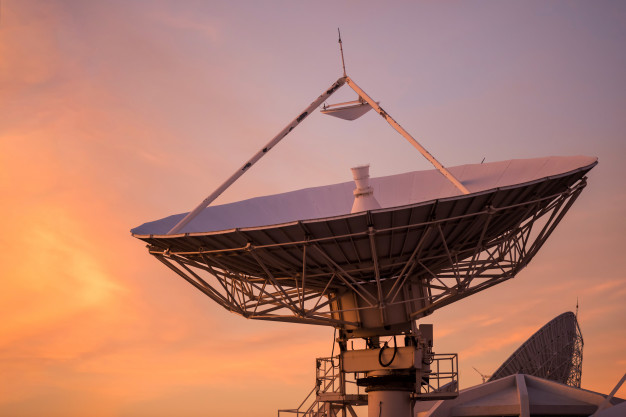According to a report from analyst firm ABI Research, the Covid-19 pandemic has opened new opportunities within the satellite space which will continue to grow specific business use cases already being utilized including agriculture, asset tracking, and fleet management. These use cases are often disrupted by the unreliability of terrestrial networks for ubiquitous global coverage.

“41% of the global population currently has no access to the Internet, highlighting a significant opportunity for satellite vendors,” said Harriet Sumnall, research analyst at ABI Research.
“Covid-19 has caused a sharp increase not only in remote working but also a greater need for remote access to machines, buildings and other assets important for business operations. This presents a significant opportunity for satellite vendors to delve into new market verticals with IoT services.”
As the market matures, new satellite vendors are entering the market offering IoT-specific services, including Iridium, Kepler Communications, and Hiber. More suppliers of satellite-based IoT services is one of the factors that is driving down the cost of satellite connectivity for IoT.
ABI said cost is a crucial element when terrestrial networks are an option for connectivity, especially when there are services available that extend the coverage from cell towers, like those offered by HAPs Mobile, a SoftBank Corporation subsidiary.
In addition to the new vendors, satellite performance is improving, with new High Throughput Satellites (HTS) and Very High Throughput Satellites (VHTS) being introduced for IoT connectivity, both of which enable improved global coverage.
Traditional satellite technology has been considered expensive, however as new satellite vendors start to disrupt the market, costs are decreasing.
“Satellite connectivity should not be overlooked for IoT solutions as satellites can offer not only greater coverage over terrestrial networks, but also reduce device offerings for global coverage to as low as a single device skew. For these reasons, device OEM’s should add satellite technology to their connectivity portfolio,” Sumnall said.




